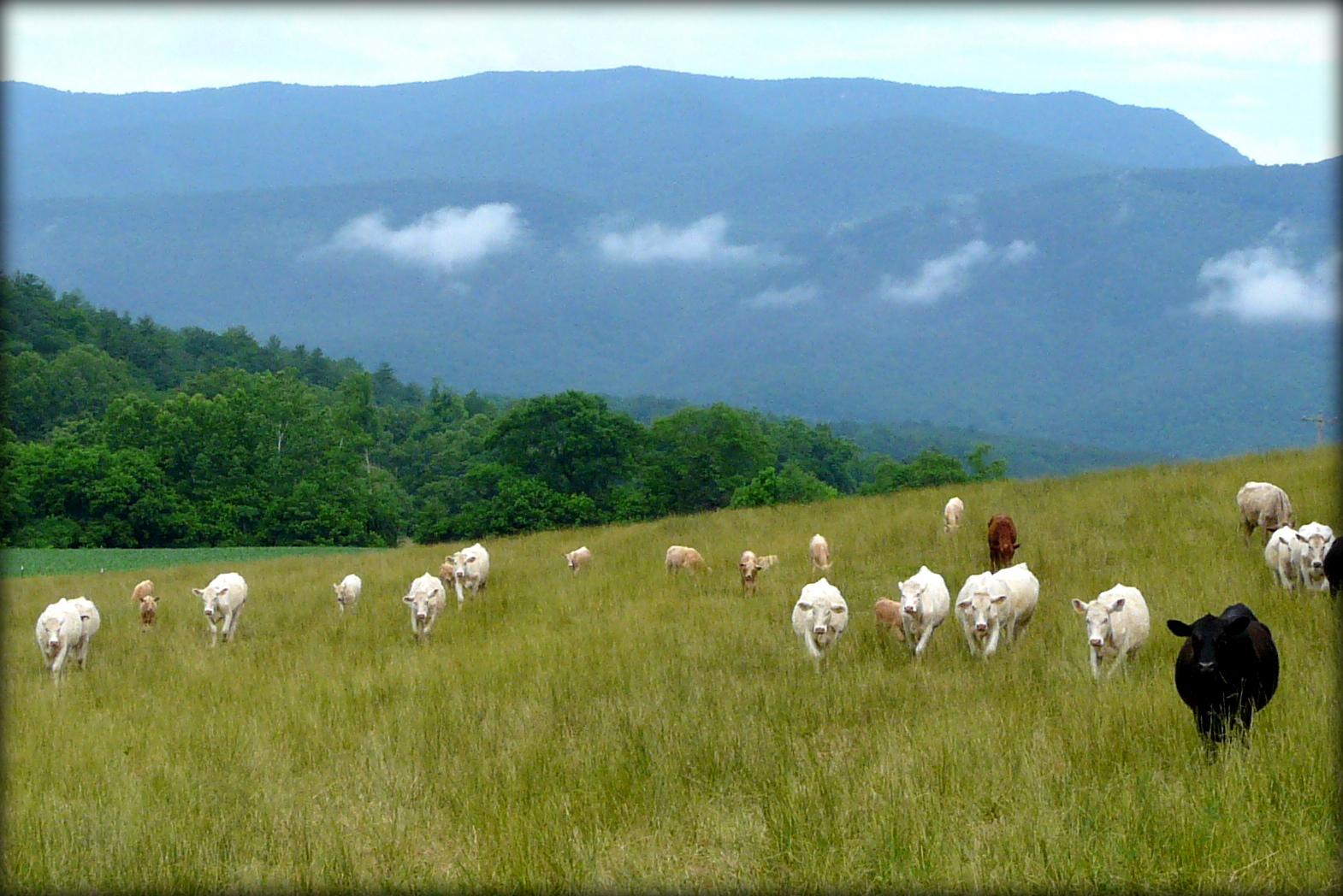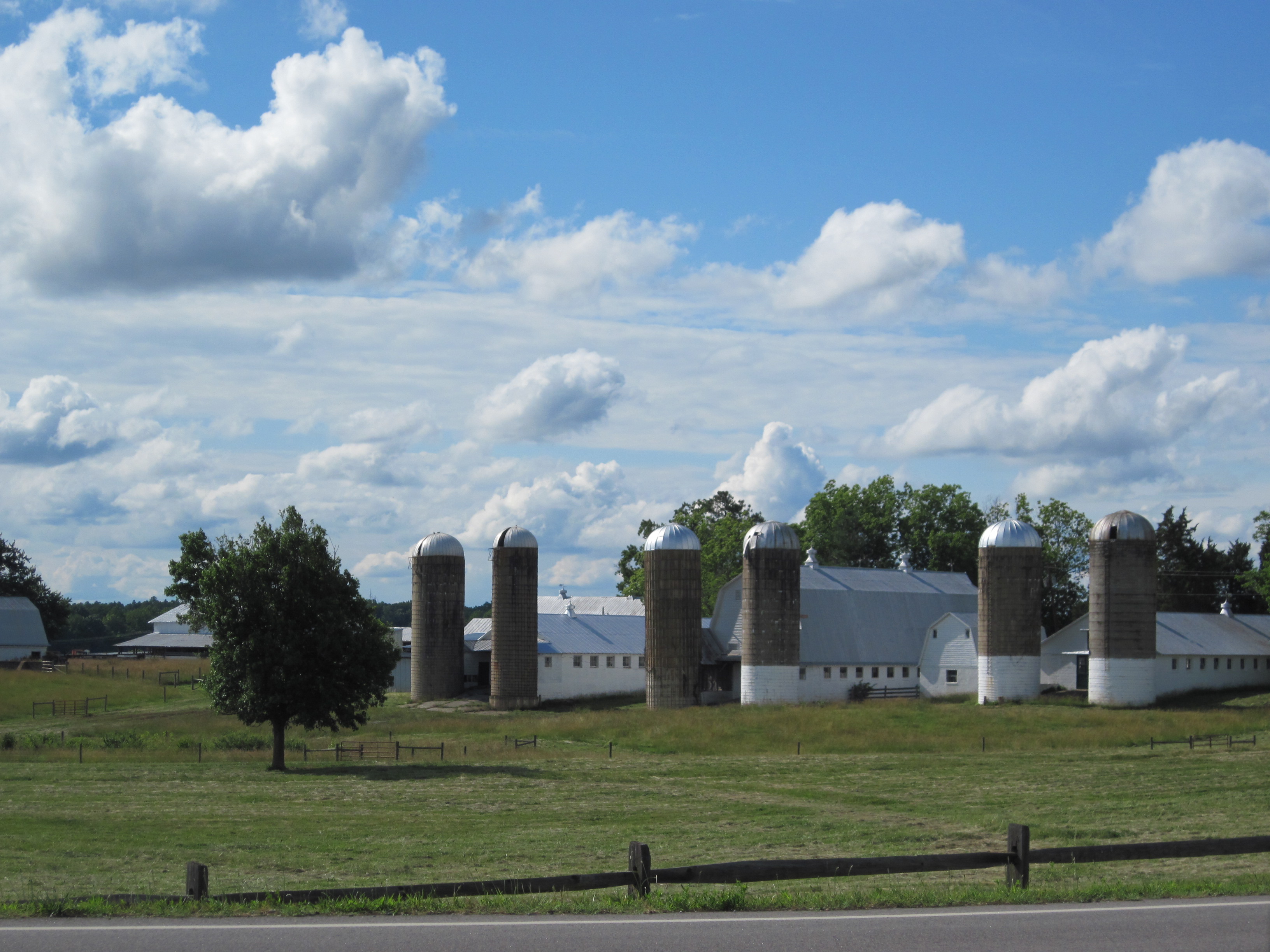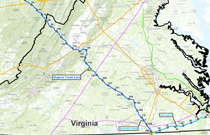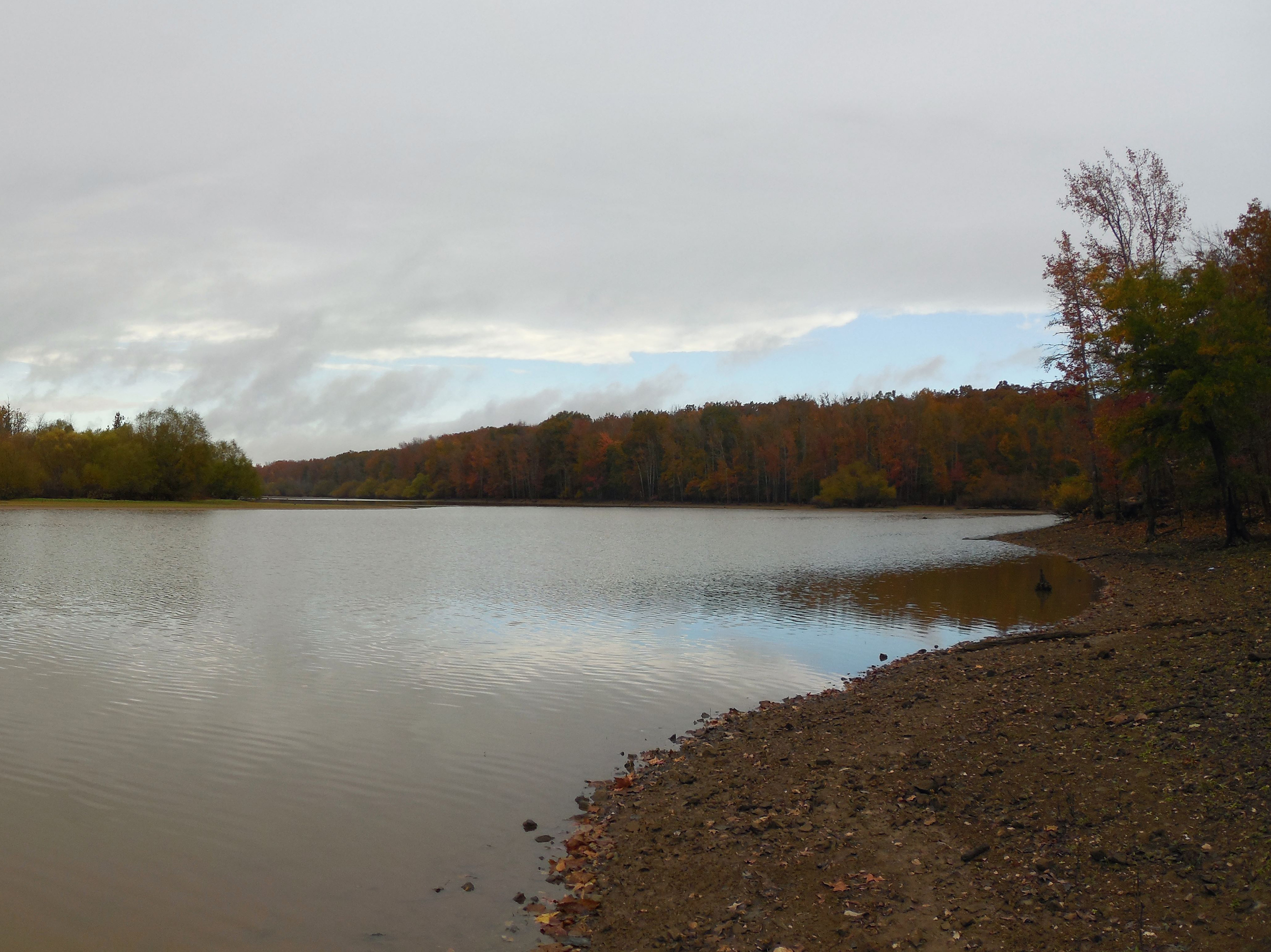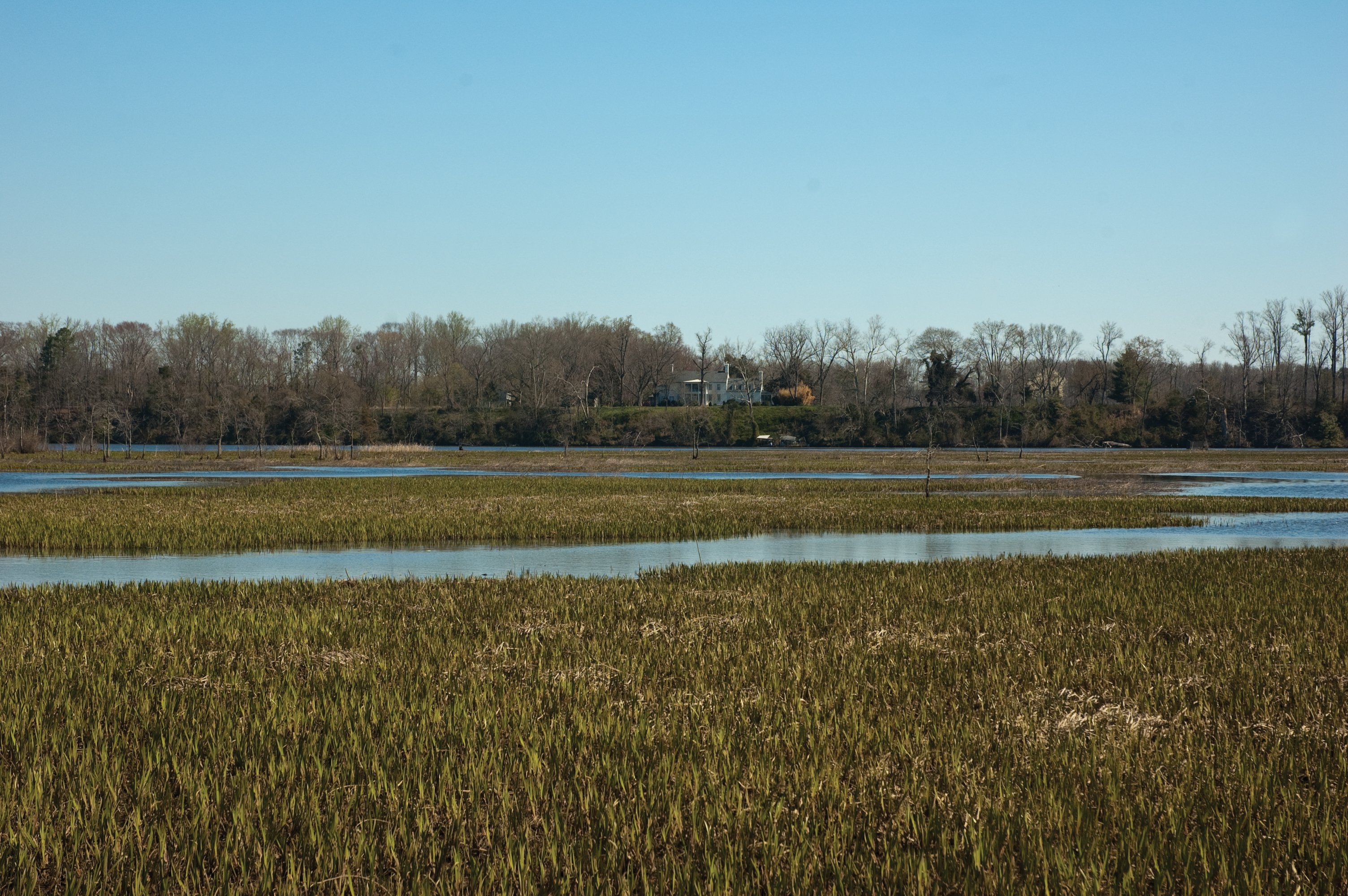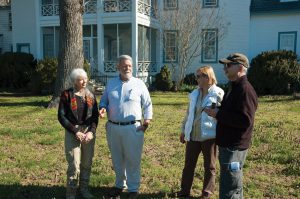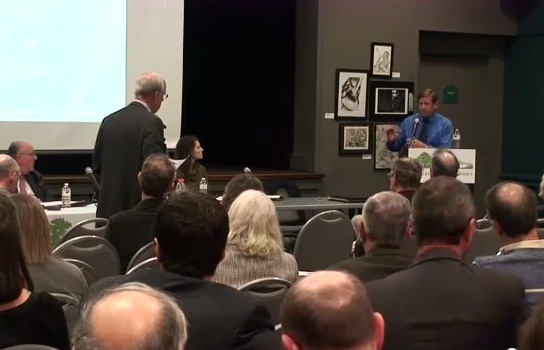The Virginia Outdoors Foundation permanently protected 27,300 acres of farmland, forests, and other open space through 125 conservation easements in 2014.
For the second consecutive year, the largest region for newly protected acreage was Virginia’s Southside, where VOF recorded 26 easements on about 12,000 acres, led by a 3,400-acre easement on a tract of working forestland in Charlotte County.
In all, VOF protects about 760,000 acres across 106 localities—an area nearly the size of Rhode Island. A breakdown of easement acreage by locality can be found at vof.org/stats.
Conservation easements are voluntary agreements between private landowners and a qualified easement holder such as VOF that limit future development while keeping land in private ownership to be utilized for farming, forestry, and other rural uses. Because of the public benefits associated with limiting development on rural land—protecting water quality, scenic beauty, wildlife habitat, and productive soils—landowners who donate easements are eligible to receive state and federal tax benefits.
A recent survey of landowners who donated easements to VOF since 2000 found that 90 percent of them manage the land for agricultural production or forestry. Approximately 60 percent used the Virginia Land Preservation Tax Credits they received to sustain, expand, or start a new farming or forestry operation, and 20 percent did the same for a business unrelated to farming or forestry. The survey also revealed that about three-quarters of easement donors reinvested their tax benefits back into additional conservation practices on their land.
VOF easements help to protect, among other things, 350,000 acres of prime farm soils, 300,000 acres of the state’s best forestland, 4,000 miles of stream and rivers, and 100,000 acres in state and federal rural historic districts.
